When the thermometer goes up, turning on the air conditioning goes hand in hand with spending on electricity. To avoid a hefty bill, here are 20 tips for cooling down and keeping your home cool without air conditioning.
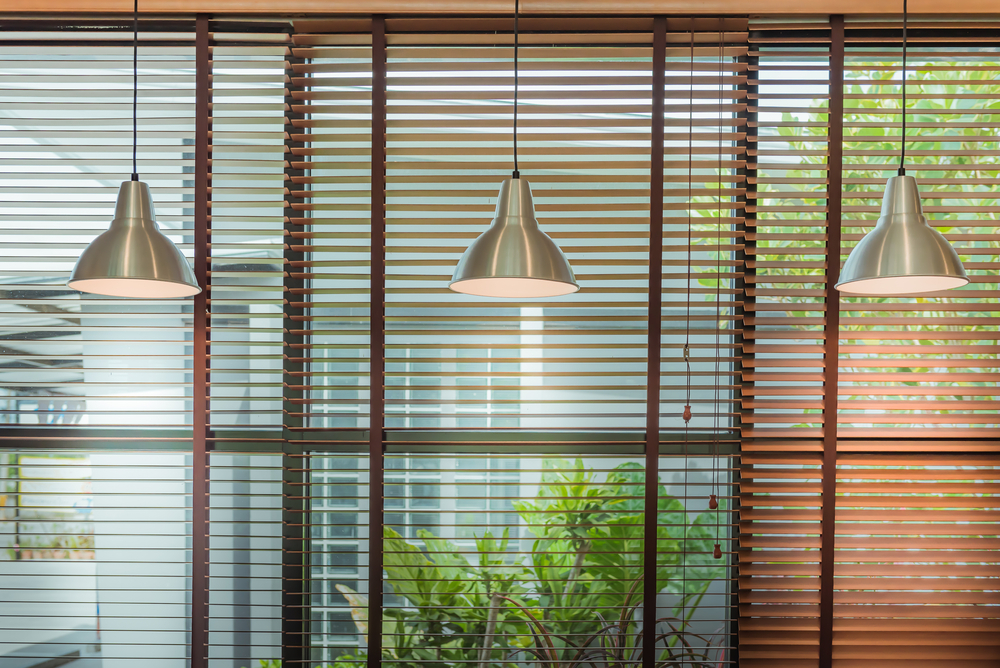
By May_Chanikran / shutterstock.com
Close the blinds
A lot of heat – about 25% – enters the house through windows, especially when they are open. If you want to control the heat in your home, pay attention to your curtains too! Keep your windows closed and covered with blinds or curtains during the hottest times of the day, especially windows that are in direct sunlight.
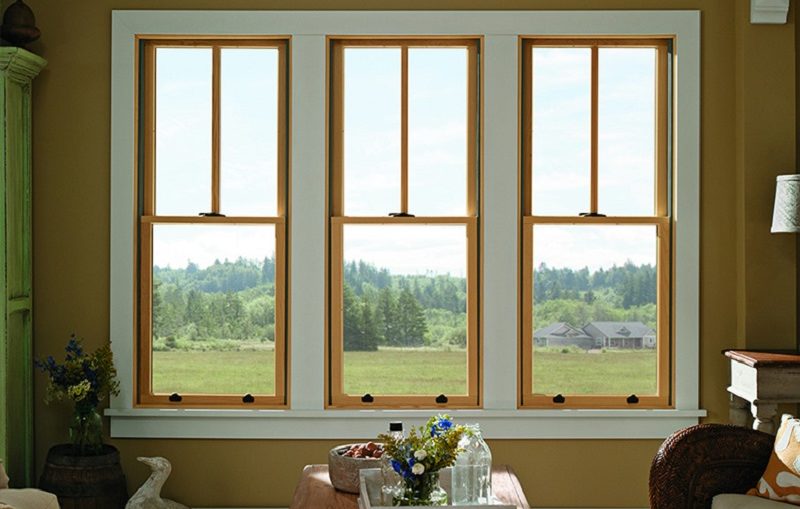
pinterest.ca
windows
If you live in a multi-story house, open your top windows as well as the bottom section. This will create a cooling pressure currently. You can also add to the comfort by installing a fan near the window.
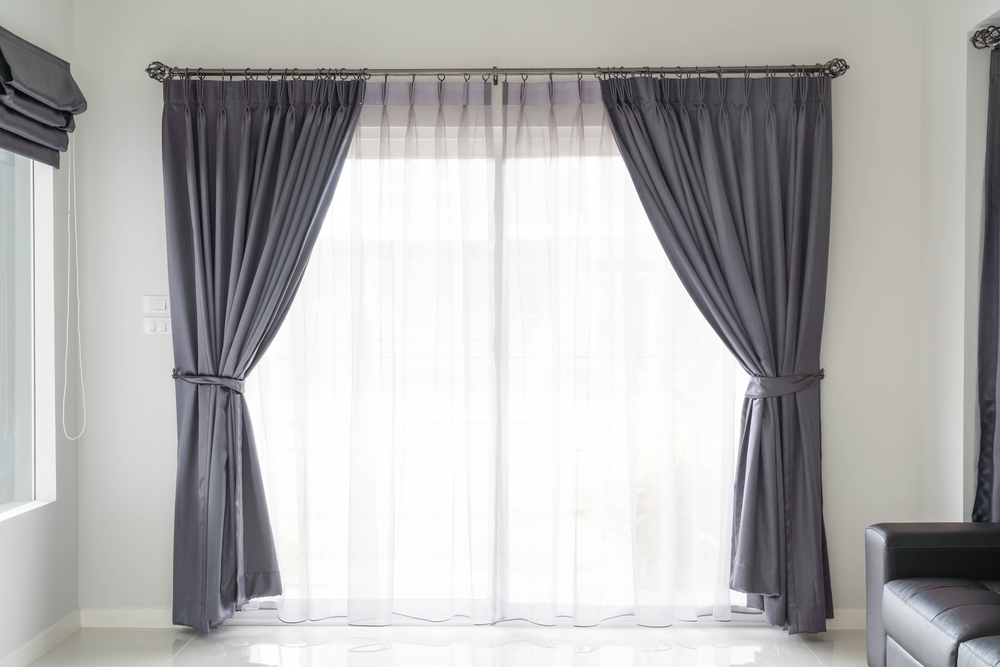
By gowithstock / shutterstock.com
Cooling curtains
Conversely, spray a towel or sheet with cold water and using the latter, cover the window opening. The breeze will pass through the cool, damp fabric, which can help reduce the temperature in your home.
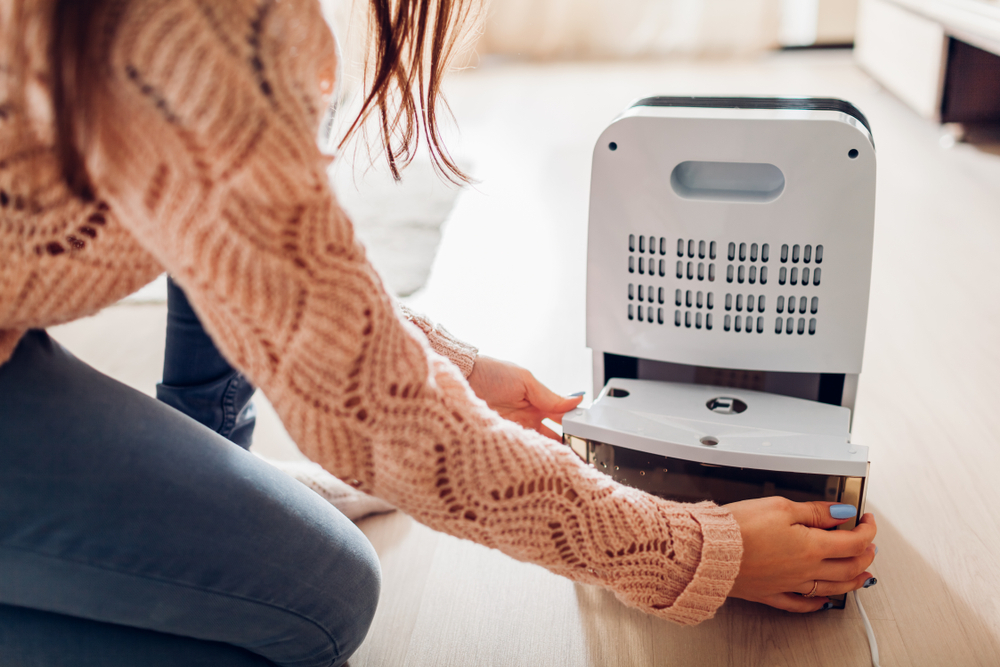
By Mariia Boiko / shutterstock.com
Using a dehumidifier
Moist air is much more uncomfortable for humans and animals than dry air. Dehumidifiers suck up the moisture on a hot summer day, making your home more comfortable when the temperature rises. The ideal humidity level being 60%, it is advisable to use a device that turns off automatically when this level is reached. In addition, you can collect the water collected to water your plants.
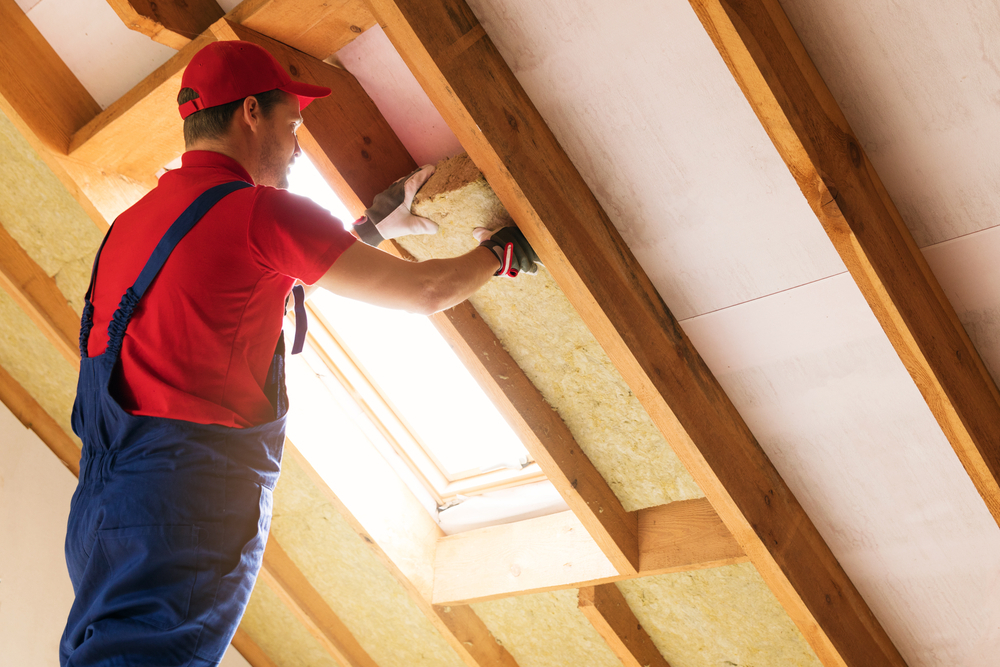
By ronstik / shutterstock.com
Insulate the attic and walls
Many of the techniques that help keep your home warm in the winter also work to cool it down in the summer. For example, insulation can reduce electricity costs by keeping the air inside and the heat outside. In addition, insulation can be very affordable compared to the cost of electricity.

By Africa Studio / shutterstock.com
Lock in the freshness
Insulating doors and windows fall into the same category; we associate it with winter, but this technique can be just as effective in summer because it prevents the cool air from escaping. A very affordable solution that does not take a lot of time; you can install insulation strips around a door in less than 30 minutes.
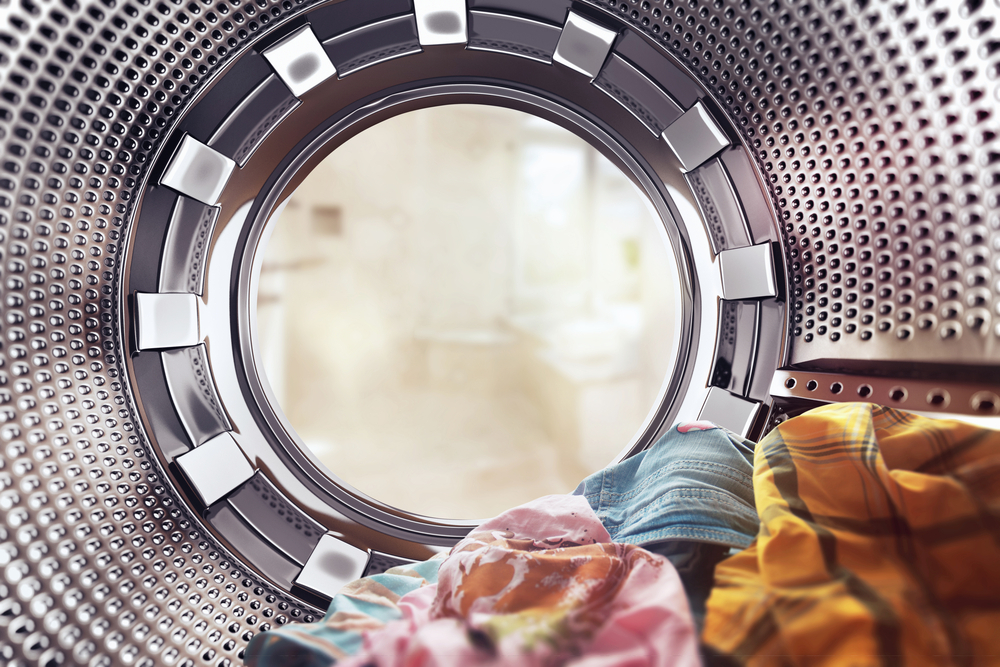
By Rocksweeper / shutterstock.com
Using the oven and washing machine at night
Large household appliances generate a lot of heat. Use the oven, stove, dishwasher, washing machine, and dryer in the evenings when the temperature is cooler if possible to compensate for the heat. Another great tip is to clean the dryer vent regularly so the cycle doesn’t take as long.
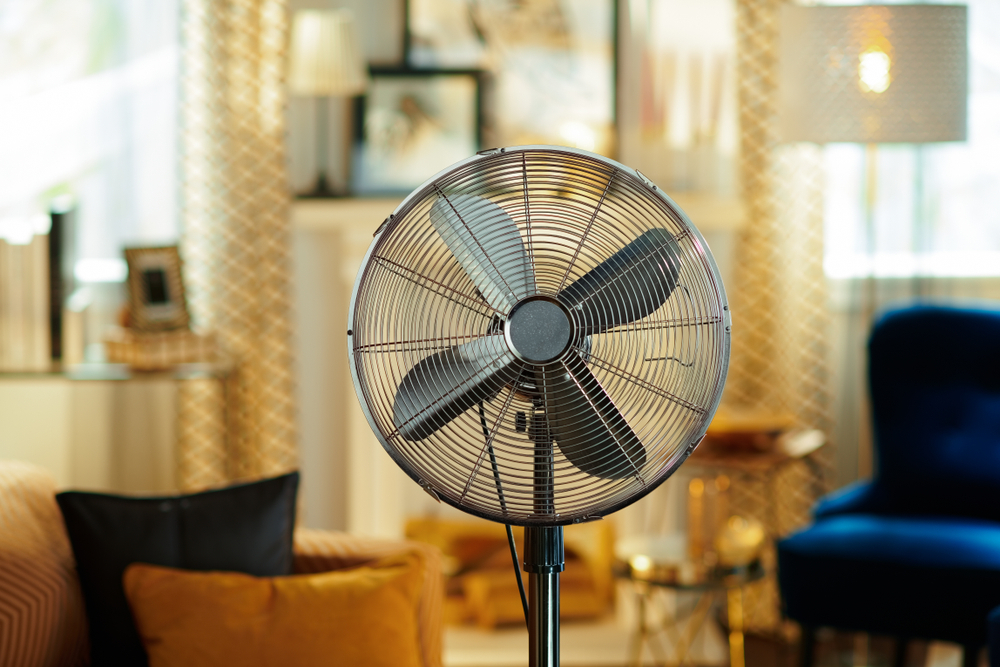
By Alliance Images / shutterstock.com
Circulate the air
Instead of starting the air conditioning system, use a fan. The breeze from a ceiling or floor fan cools your body, even when the temperature is relatively high. On very hot days, you can save electricity by adjusting the air conditioning system thermostat 3 to 5 degrees above normal and using a ceiling fan.
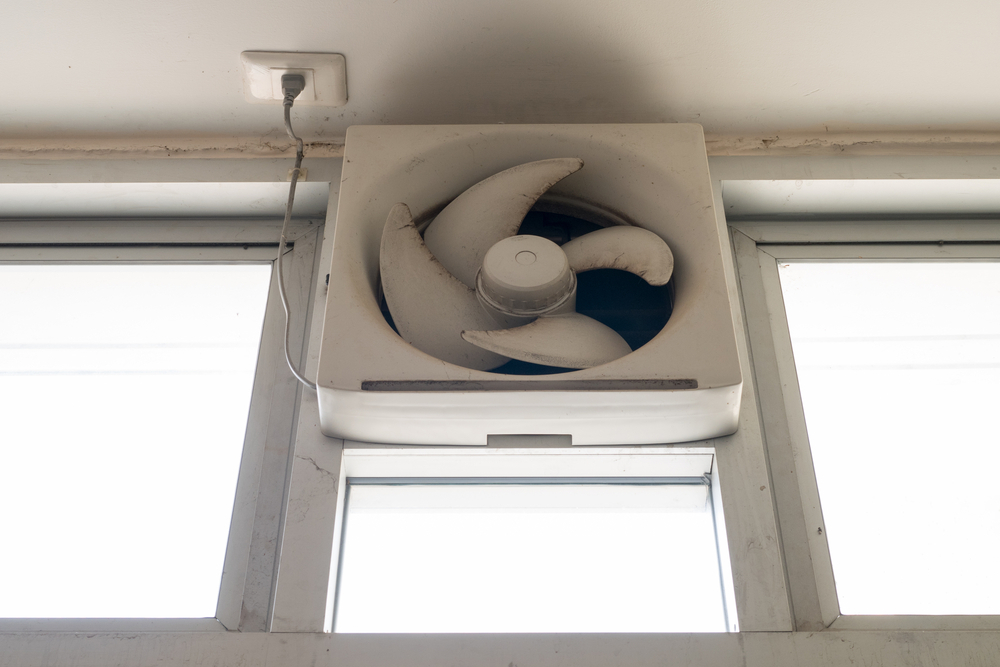
By Rapheephat Ladsrithan / shutterstock.com
Bathroom fans
Your bathroom fans, as well as your kitchen exhaust fan, draw warm air up and push it out of your home. Don’t have a bathroom fan? Maybe you should think about it?
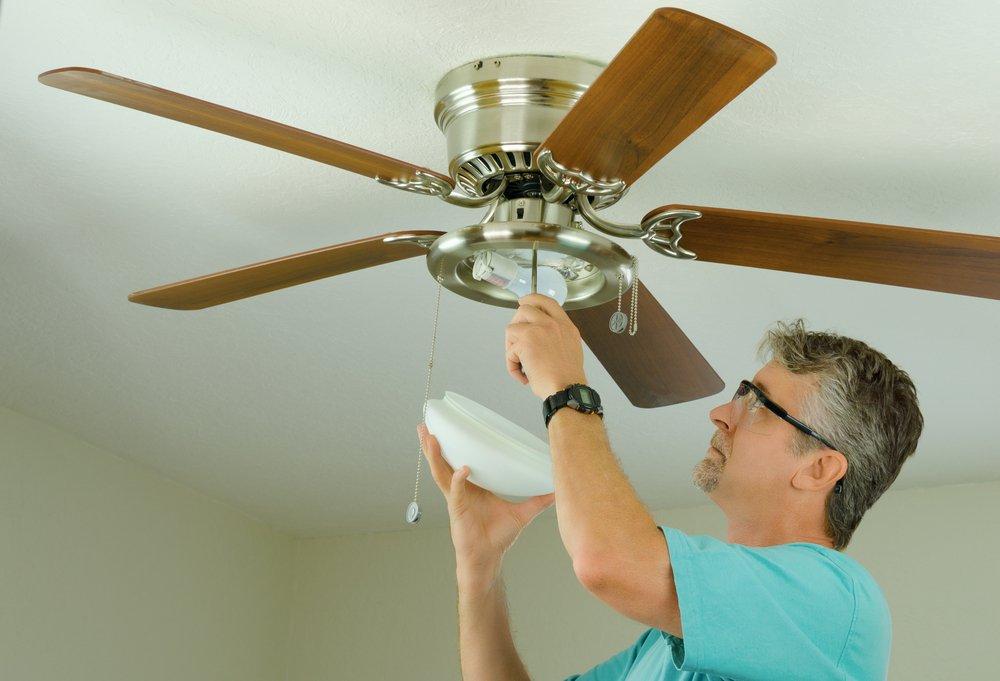
By Mike Focus / shutterstock.com
Install your fan in the right place
Because fans simply keep the air moving, rather than cooling it, it is best to install your fans in front of windows or in hallways to create a cross breeze that will draw in cool air from outside ( or a cooler part of the house).
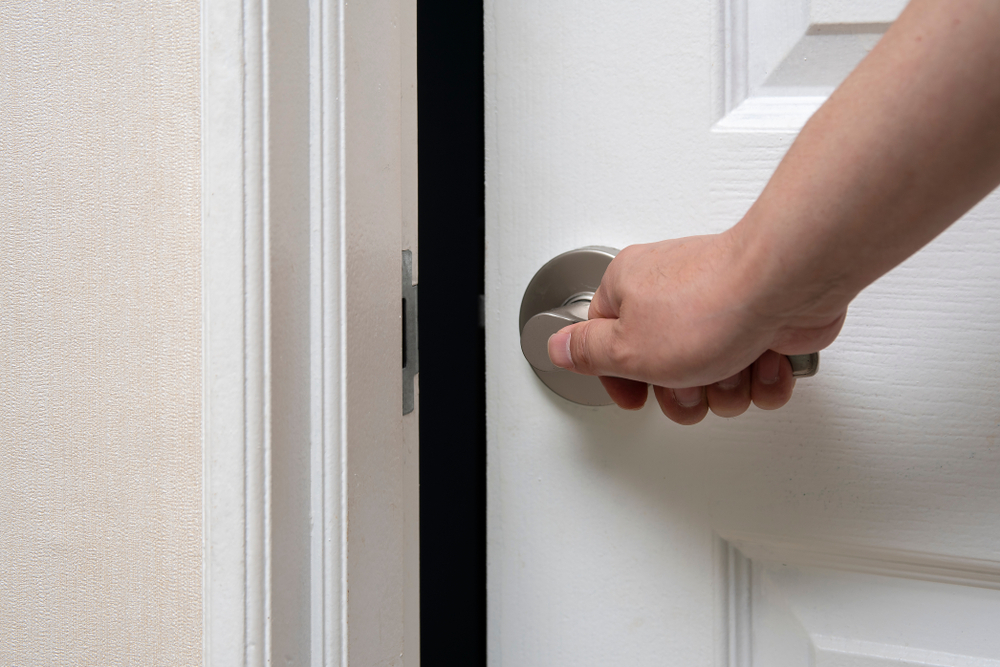
By Ju Jae-young / shutterstock.com
Close doors to unoccupied rooms
If you absolutely must use your air conditioning system, keep it cool where you need it most – in the rooms where you will be spending the majority of your day (and bedrooms for the night). Close doors to areas that don’t need to be cool.
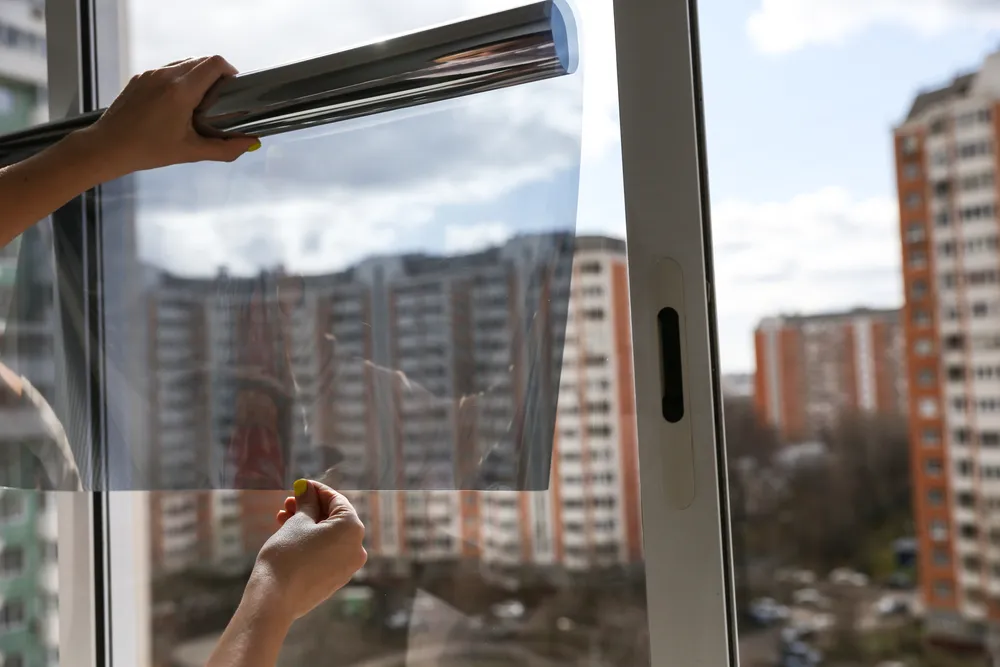
By Petr Smagin / shutterstock.com
Try films to insulate windows
Window films offer a ton of benefits, from lowering energy costs to protecting privacy while enjoying the view and light of the great outdoors. They can provide up to 98% reduction of infrared heat compared to unprotected windows and reduce temperature imbalances in your home.
They are inexpensive, easy to install, and block about 30% of the unwanted heat that emerges from your windows.
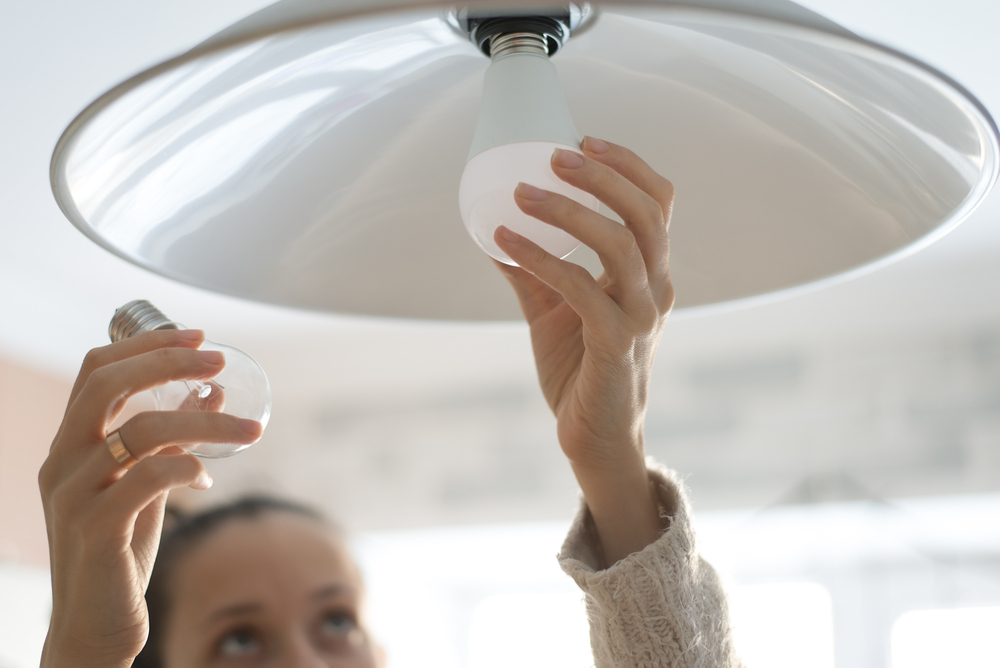
By Rasstock / shutterstock.com
Getting rid of incandescent lights
Incandescent bulbs waste about 90% of their energy in the heat they emit, so if you’re trying to keep your home cool, switching to CFLs can cool your home down while lowering your bill! You already know that compact fluorescent bulbs lower lighting costs, but they also lower cooling costs! Indeed, unlike incandescent, they give off very little heat.
[adinserter block=”7″] [adinserter block=”9″] [adinserter block=”3″]






Leave a Comment